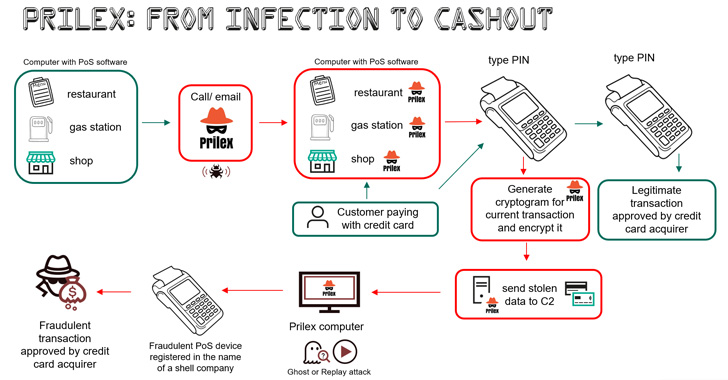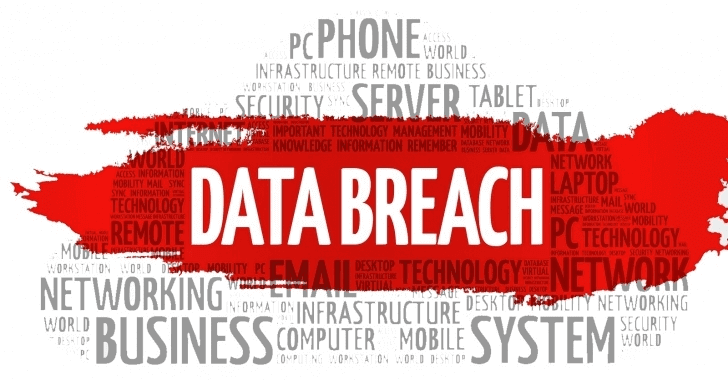Sonic American’s Drive-In, a Pos malware affecting fast-food chain in U.S that operates around 3500 locations across the country.
This breach affecting an unknown number of store payment systems and stolen Credit & Debit cards details are fired to underground online shops over a week for sales.
Oklahoma City-based Sonic hits the breach at the initial level, multiple financial institutions noticed fraudulent transactions on cards that had all previously been used at Sonic.The card breach publicly reported on September 26.
Also Read Biggest Hack Ever – Each and Every Single Yahoo Account Was Hacked in 2013 Data Breach
Illicit shop in online, known as Joker’s Stash, reportedly had been selling the cards under the batch name FireTigerrr since on September 26.

Christi Woodworth, vice president of public relations at Sonic, said the investigation is still in its early stages, and the company not sure which of its stores may be impacted.
Accounts were stolen from sonic of a batch of cards that Joker’s Stash is calling as “Firetigerrr”, and they are indexed by city, state and ZIP code which allows buyers to purchase cards geographical.
Dumps of card data stolen from the magnetic stripe of the compromised card and subsequently used for cloning the data onto blank plastic cards.Prices for the cards advertised in the Firetigerr.

Above shown capture from Jokers’ Stash showing cards for sale
Most of the cards range in price from $25 to $50, and the price is influenced by type of card issued (Amex, Visa, MasterCard, etc); the card’s level (classic, standard, signature, platinum, etc.); whether the card is debit or credit; and the issuing bank.
Card Breaches On Point of Sale(POS Malware):
Pos Malware is operated by actors ranging from fraudsters to Organized Crime Groups.Most POS malware codes are RAM scrapers that make their way into the target endpoint, focus on reading unencrypted card data in the random access memory (RAM) zone and steal data amassed through the days and weeks of the breach.
One of the most recent POS malware is MajikPOS. Attackers begin by penetrating the target organization’s systems to reach POS endpoints. Usually connected to the endpoint using remote access, either one that’s already installed or one they activate, such as virtual network connection (VNC) or remote desktop protocol (RDP) access.
The connection can be made by stealing or guessing the password.After gaining access, the attackers install the POS malware on the endpoint. From there, the malware executes and continually sends out the stolen data to the attacker’s server.










